I would like to simulate the ZVS Synchronous rectification buck converter, I know if I operate in ZVS I need to change the switching frequency of the buck converter.
Here are my questions:
How to model the variable frequency of buck converter? I think the small-signal model is not the same as the constant frequency buck converter.
How to implement the variable frequency control in PSIM or SIMPLIS? I would like to know how to build the control stage, I only can design the control stage in constant frequency.
Do you have some material you can suggest to me to read?


